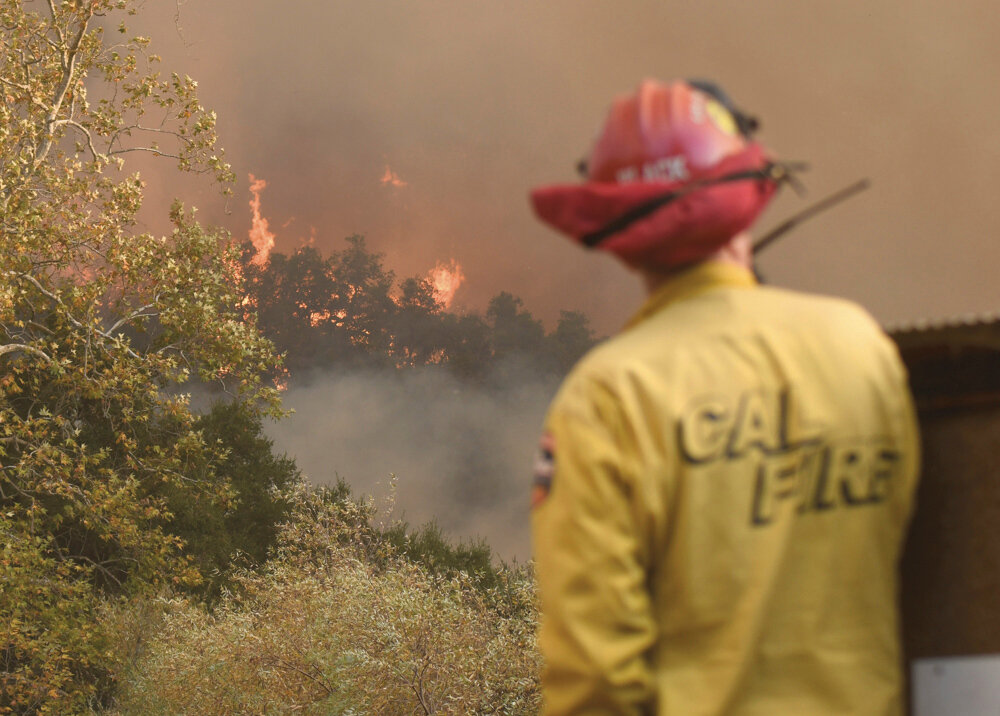
Extreme Heat Resilience
Extreme heat events are increasing in the United States and in the rest of the world. In fact, July 2023 is expected to be Earth’s hottest month ever recorded. Furthermore, the UN secretary general, António Guterres, shared his deep concern over increasingly intense and frequent heat waves by warning the public that, “The era of global warming has ended, the era of global boiling has arrived.” It is crucial now more than ever to stay informed about extreme heat and learn how to stay cool during these extreme events.
Even more locally, Ventura County is warming faster than any other county in the contiguous U.S., with neighboring Santa Barbara and San Luis Obispo Counties not far behind. Higher temperatures put the health and well-being of the most vulnerable—including agricultural workers, youth, and the elderly—in serious jeopardy. Ventura County Public Health recorded 24 extreme heat days from May to September of 2021, implying that increases may exceed predictions.
Learn more about Community Resilience Hubs and other efforts underway at the local and state level:
Read this Op-Ed about the impact of Extreme Heat on our senior community and how you can help.
Learn about the work to create Community Resilience Hubs.
Read a blog about work underway to build Community Resilience Hubs.
See CAUSE’s local work to track and provide solutions for extreme heat with Achieving Resilient Communities.
Take action to support extreme heat resilience
Learn more about how you can help protect your neighbors from extreme heat:
Watch CEC’s inaugural Extreme Heat Forum aimed at empowering seniors to protect themselves during heat events and to engage with community resilience activities in their communities, held on August 15, 2023 and hosted in partnership with the Gray Panthers Santa Barbara Network and the Society of Fearless Grandmothers Santa Barbara. Check out the resource tool shared at the event.
Be aware of heat trends with this Real Time Heat Risk from the National Weather Service
Heat Illness Prevention information from the State of California
Learn more about heat impacts
WHat CEC is Doing
Community Resilience Hubs
One action underway is the establishment of community climate resilience hubs that provide centralized disaster services, support, and education to residents who are most vulnerable or at high risk during disasters. The Santa Barbara Regional Climate Collaborative, in partnership with CEC, received a grant to plan and design a network of these resilience hubs.
In an effort to build greater community resilience to extreme climate events, the Community Environmental Council is partnering with Santa Barbara County and several area nonprofits to establish the first three Community Resilience Hubs in our area. These initial hubs will be located in Carpinteria, Cuyama, and Santa Barbara.
The Hubs are designed and operated by the communities they serve. Individuals and organizations are working together to select locations, design the experience, and plan what services will be offered at these Hubs. They are also making plans for how to operate during climate disruptions and disasters. The vision is for these to allow for proactive planning so that when disasters occur, residents know where to go for help. The Hubs will also enable communities to recover, adapt, and continue to thrive in the wake of disasters.
Extreme Heat Resilience Alliance
CEC is a partner in this global initiative led by Atlantic Council’s Arsht-Rock Foundation. EHRA supports local, regional, and national governments with reducing the risks and impacts of extreme heat to their residents. Two science panels advised EHRA on its work, with fields of heat-related preparedness, governance, and response who had been working on this issue for decades. EHRA brings together experts from a range of fields including climate, meteorology, human health, and social and behavioral science. EHRA also works with governments through its Global Champions for Heat Action (GCHA) platform, which contains two tracks for engaging mayors and other decision-makers: Core Partners and Champion Cities.
CEC joins over 60 organizations and individuals whose work is critical to addressing the impacts of extreme heat including community partners, policymakers and practitioners, experts on climate science, public health, disaster response, engineering, architecture, insurance and finance. EHRA is an opportunity to share your work and expertise and learn from others but also to find great partners to advance your initiatives to build resilience to heat and new collaborative projects.



